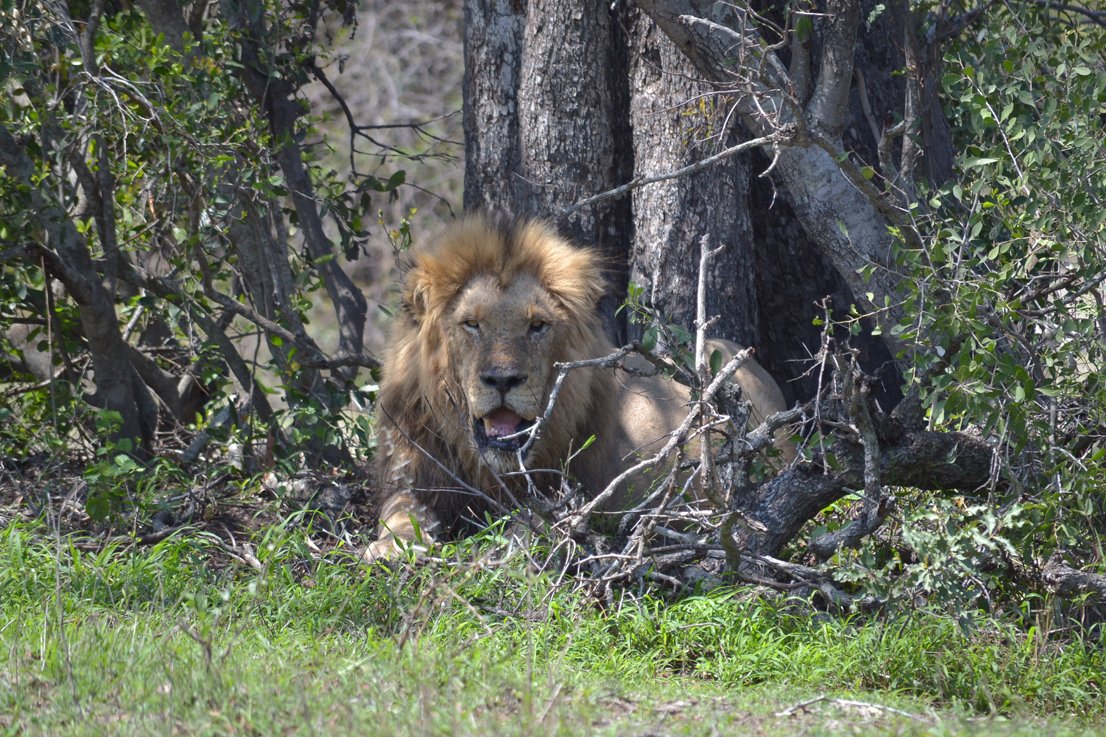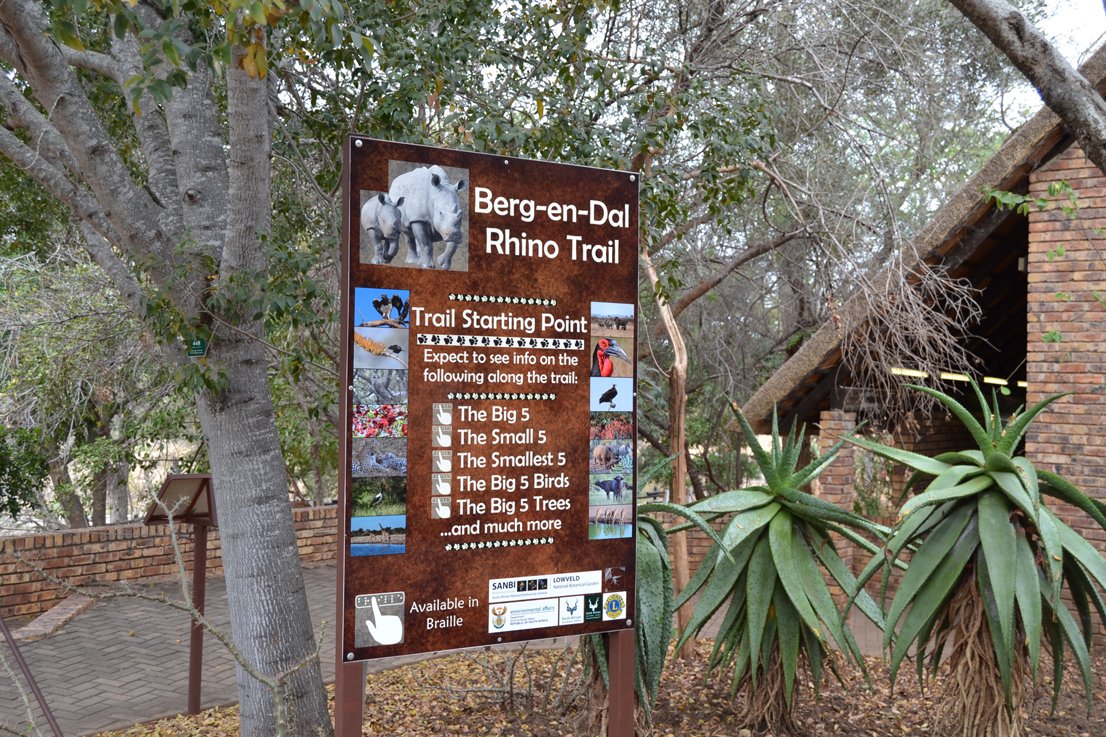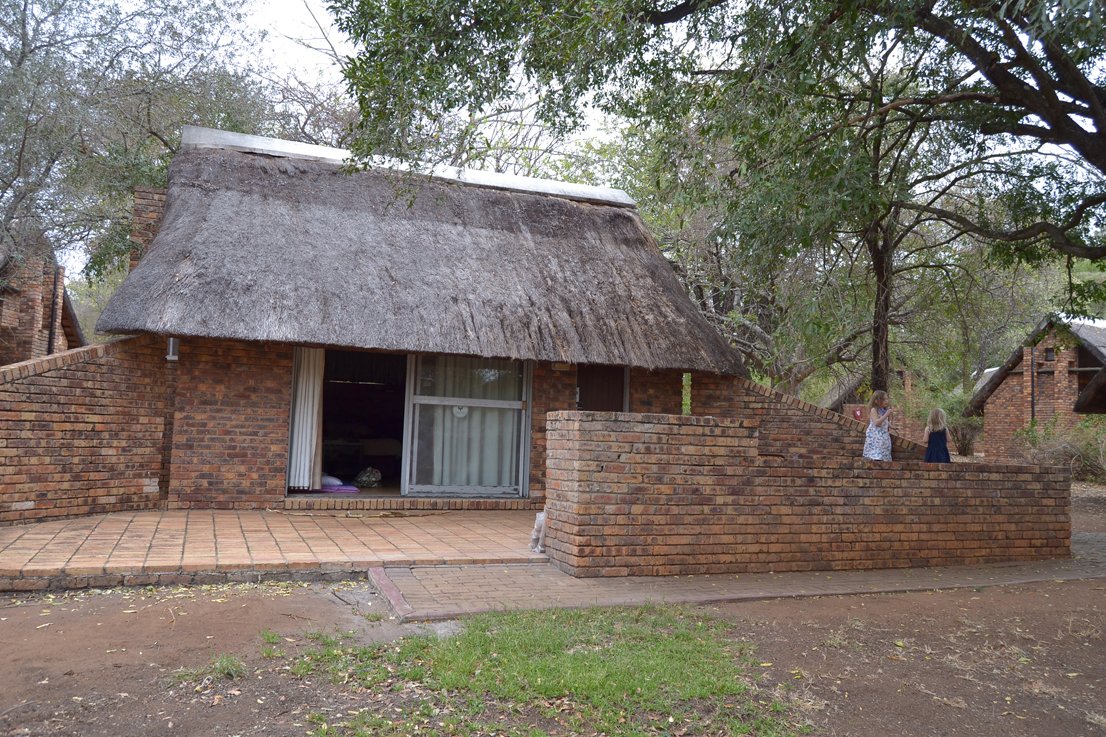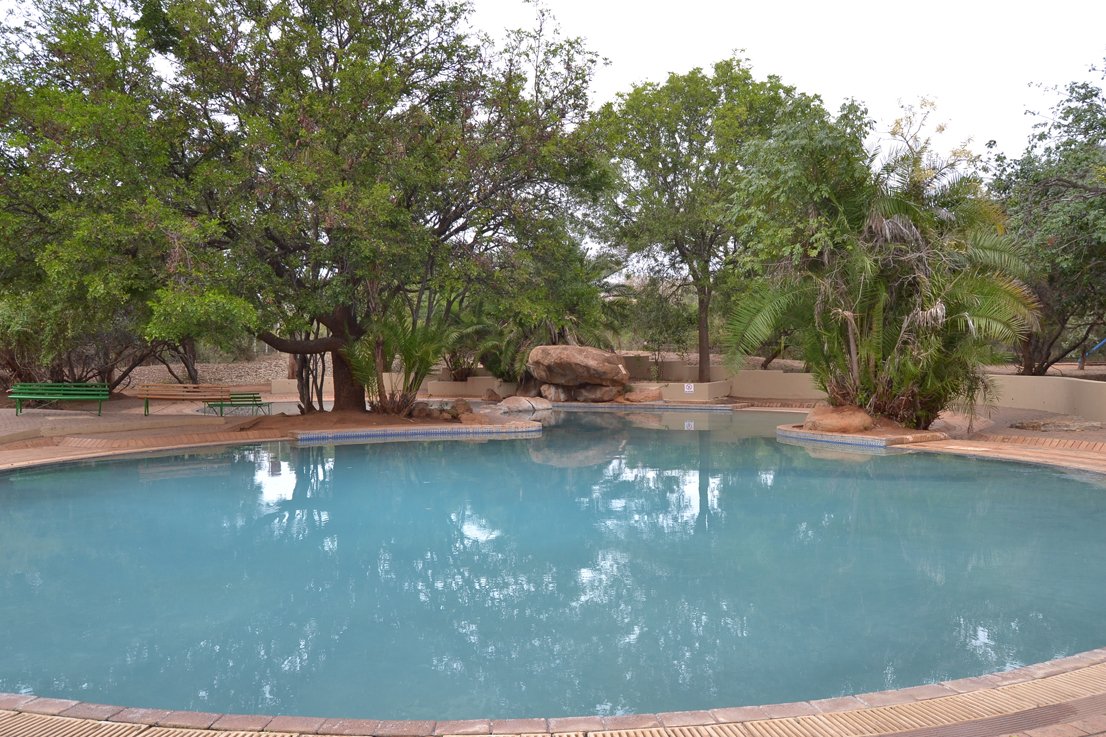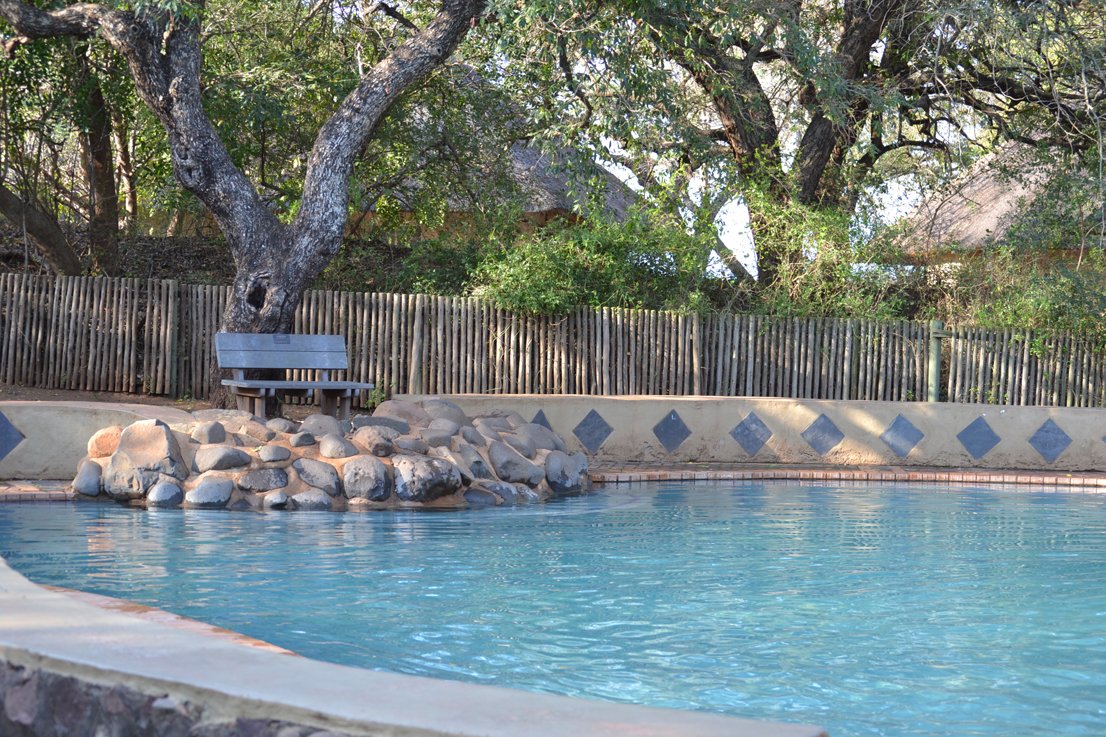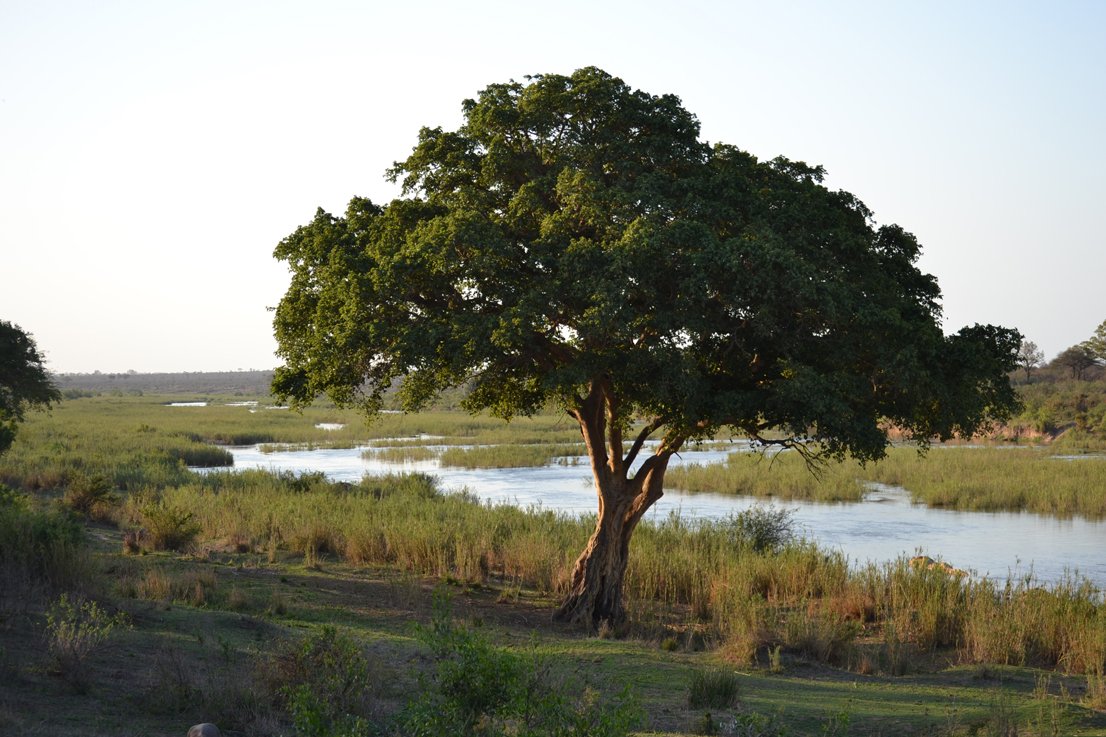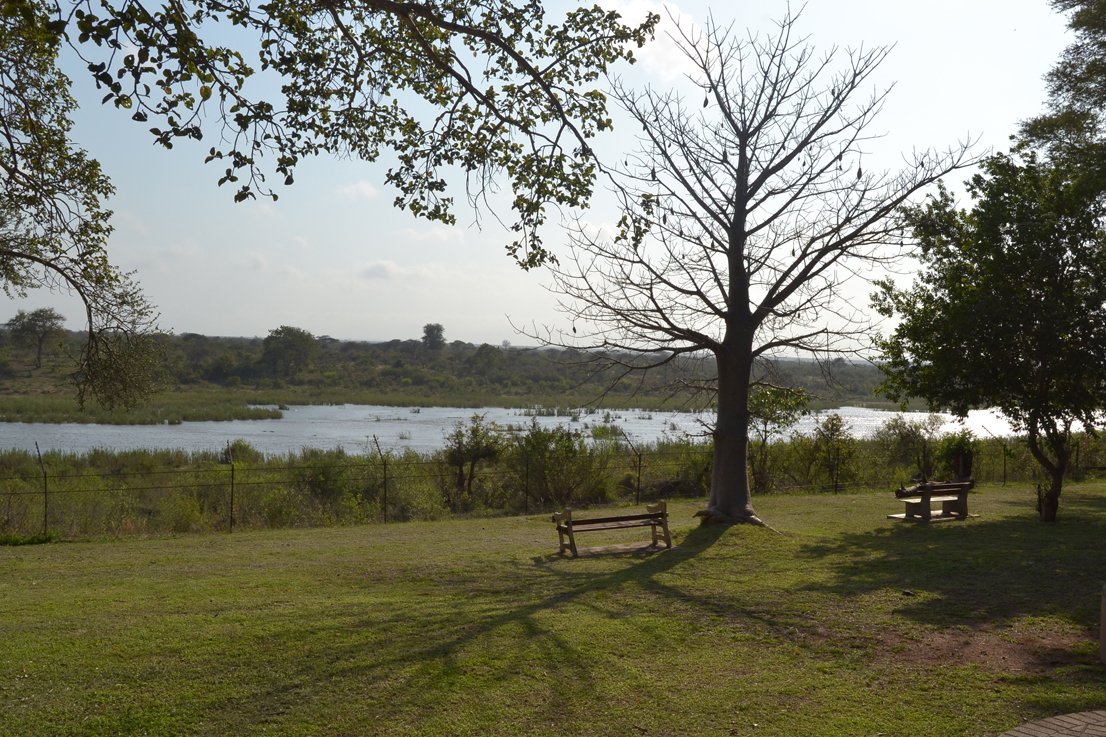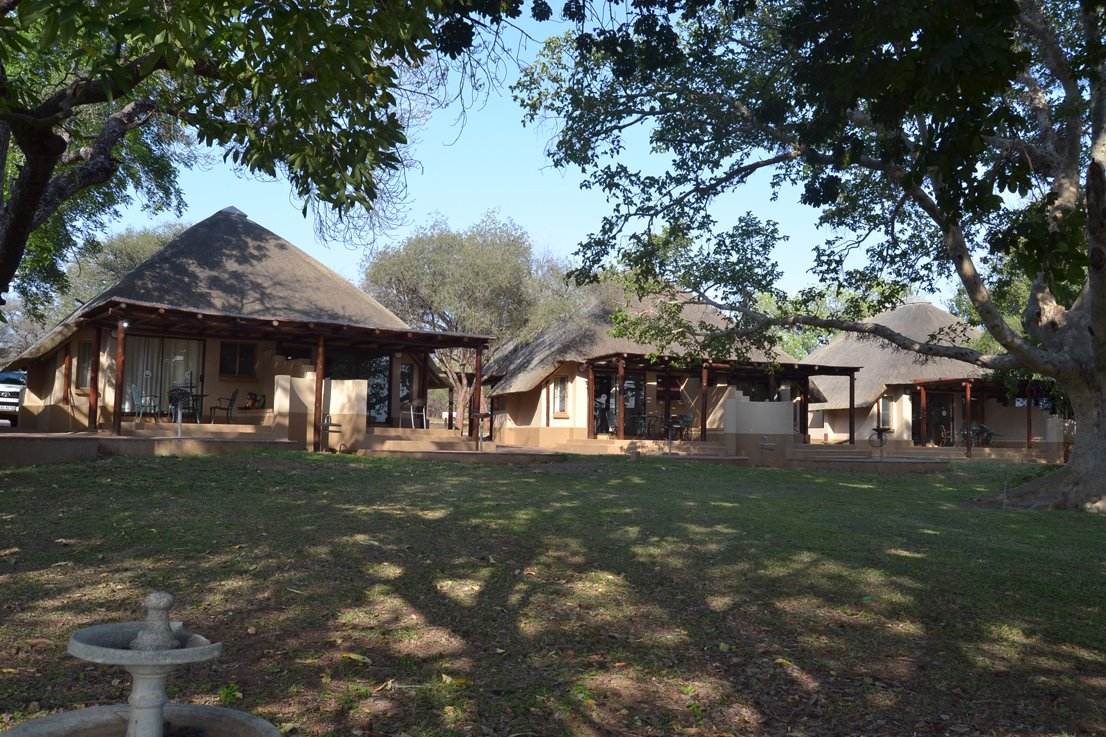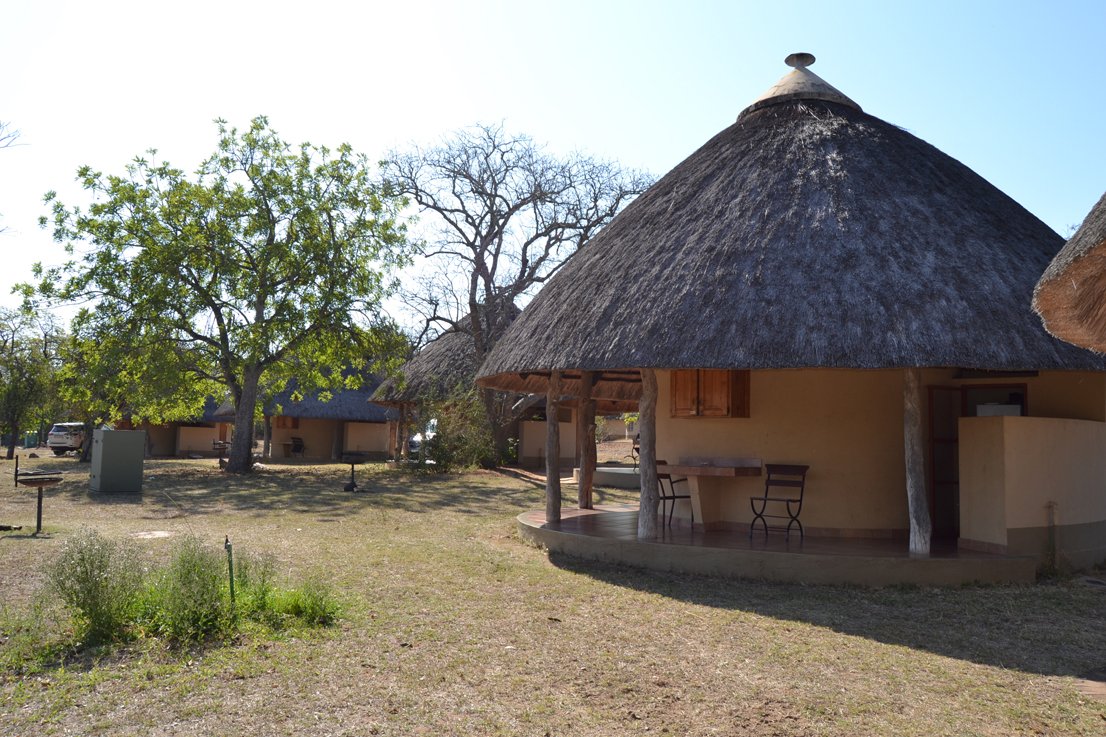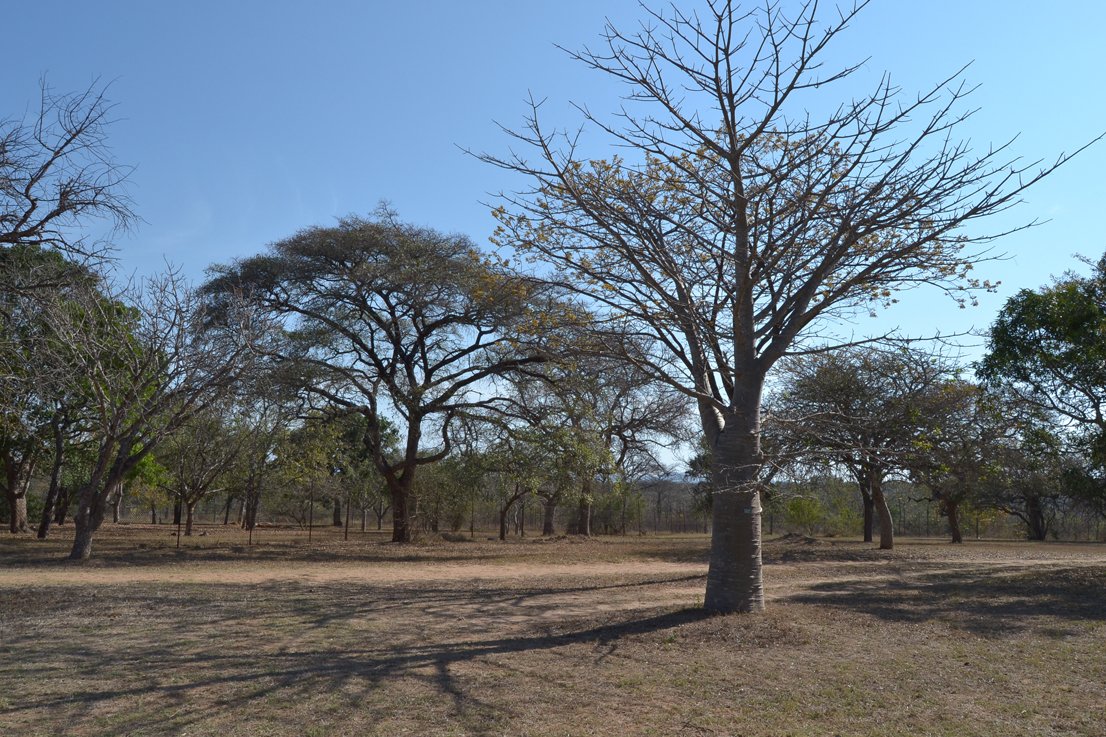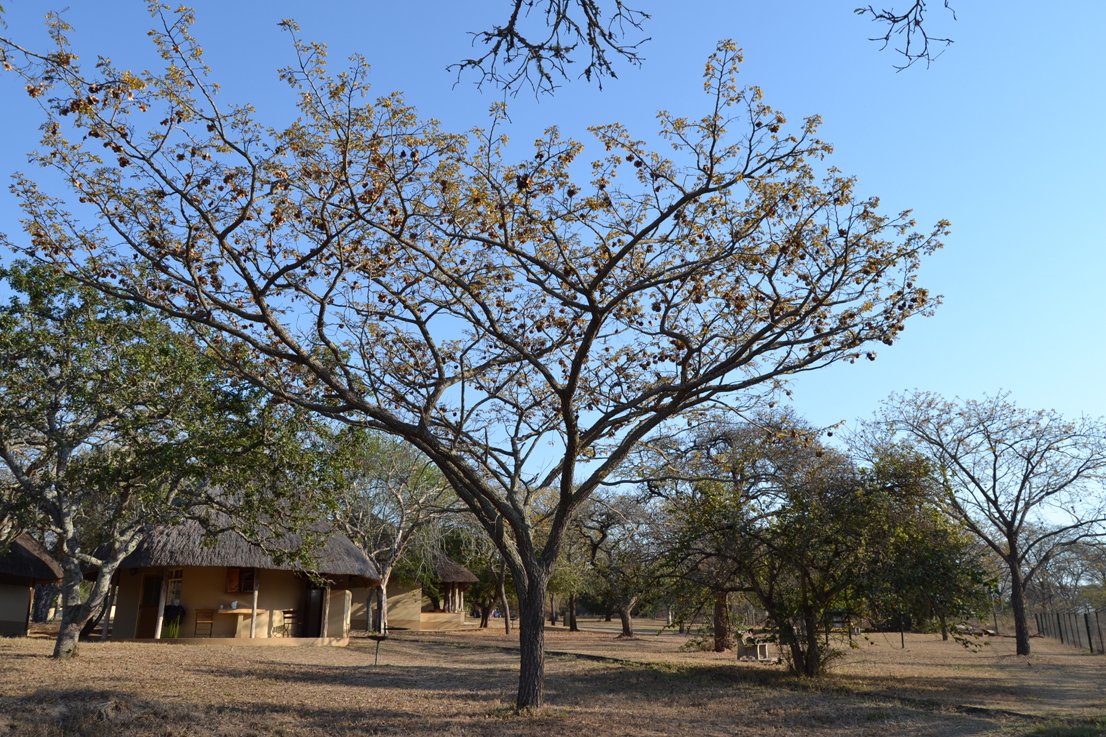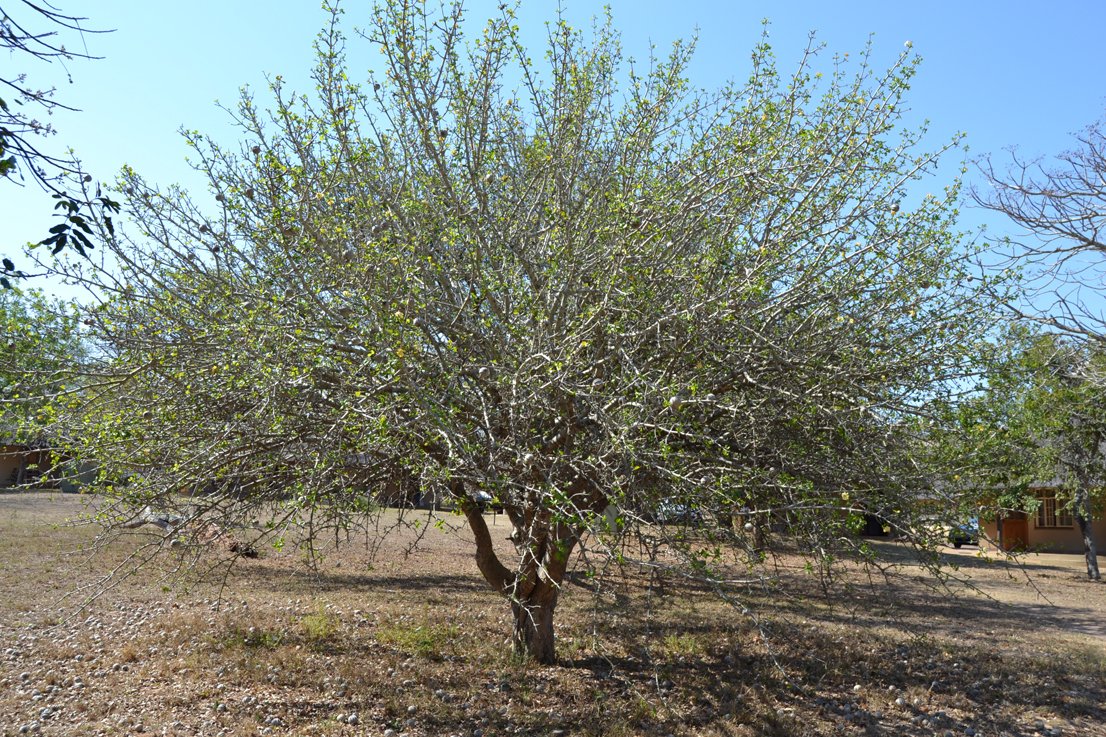King of the Beasts - always a highlight to see a Lion in the Kruger Park
Hundreds, if not thousands, of books, guides and references have been written about this incredible place and so I was wondering if I should even write a blog about it? I realised that I like to write and share about places (gardens, landscapes, parks, nature experiences) that inspire me whether these are well known or not. So even though you may know the Kruger Park very well perhaps this post will inspire you to visit it again in the near future.
Quick Historical Fact
The park was first proclaimed in 1898 as the Sabie Game Reserve by the then president of the Transvaal Republic, Paul Kruger. He first proposed the need to protect the animals of the Lowveld in 1884, but his revolutionary vision took another 12 years to be realised when the area between the Sabie and Crocodile Rivers was set aside for restricted hunting. On 31 May 1926 the National Parks Act was proclaimed and with it the merging of the Sabie and Shingwedzi Game Reserves into the Kruger National Park.
The first motorists entered the park in 1927 for a fee of one pound. (https://www.sanparks.org/parks/kruger/tourism/history.php)
The Place to Go for Nature Lovers
Visiting the Kruger Park is a memorable experience and especially so for nature lovers - the sounds, smells, birds, trees and wildlife are what many South Africans love about the Bush . The Kruger is a special place to visit as each time can be completely different depending on what time of year you visit as well as which parts you go to. It is a very large reserve and with the slow speed limit it can take hours of travelling between camps. Talk to people who have visited before get good tips and plan accordingly. Don’t forget your Mosquito repellent, Binocs, Birdbook, Camera and the essential Snake-Bite Kit (Cooler box of drinks and snacks).
Southern Kruger, Map where sightings can be shared at most stops in the Park
Restcamps
We have stayed at three of the camps in the Southern part of the Kruger Park over the past while and here is a bit more detail about each of them. In most of the camps the accommodation is basic but clean and there are different options to choose from. You can walk around the camps to see birds and small animals and most of the trees have nametags. In all the camps the area for Overnight Guests is normally separated from the area where Day Visitors can access. The pools are reserved for people staying over but the restaurant and shops are open for all.
Berg en Dal Restcamp
Berg en Dal is the most Southern camp and located very close to the Malelane Gate entrance. A highlight is always stopping on the bridge when entering at Malelane Gate to look down onto the Crocodile River and spot all the birds, crocs and hippos in the waters below. Berg en Dal camp has many beautiful trees and a small museum dedicated to Rhinos. The restaurant overlooks a small dam and there is a walk a short way along the river with braille signage boards. The Rhino walk through the camp is a lovely trail that has information boards and a great way to experience nature while walking safely.
Berg en Dal (Afrikaans for Hill and Valley) is named after the undulating hills in the area
Lower Sabie Restcamp
One of the best camps in Kruger in my opinion. This part of the Park is always filled with abundant game as the animals are drawn to the Lower Sabie River that runs adjacent to the camp. There are also magnificent trees to be found along the road that follows the river as well as in the camp. The restaurant at the camp where the shop is located is built out onto a large deck that overlooks the river and it is lovely to sit here and have a drink or ice-cream while game watching the riverbed below. Sunset Dam, just outside the restcamp, is a wonderful dam for seeing game including hippos and crocodiles (and herons surfing on crocodiles!) and there are nice game drive options from the camp.
Pretoriouskop Restcamp
Pretoriuskop is located on the South Western side of the park and is nearest to Numbi Gate. One of the highlights of this camp is the beautiful swimming pool. The pool is built into the rocks and is a great way to cool down from the heat of the Lowveld. There are several routes to take as an afternoon drive from the camp and walking through the camp to see the beautiful trees and birds is also recommended.
Like so many others, I love the experience of visiting the Kruger Park - the animals, the birds, the trees and the closeness to nature. I also want my children to grow up experiencing the beauty of the Bushveld and hope they will appreciate the complexity of plant and animal communities functioning together where every creature is part of a greater system. We don’t go only to see the big 5, we go to see the animals less seen and often the sightings of snakes, tortoises, chameleons and birds have been our most exciting.
Visiting Kruger with Kids
I have been careful to not take my kids while they were too young for fear of malaria. Now that they are old enough where I am comfortable to stay over in the Park I am so excited to share the experience of the Bush with them. Most kids hate the hours of driving but the novelty of going seatbelt-free is one that they love. We normally put a mattress in the boot of the car so they can climb back and forth and read their books when they get bored looking for animals. I keep activity books and loads of snacks ready to keep them entertained. One of the joys of sharing the Kruger with young kids is that every sighting is exciting. We try to limit the amount of time driving and spend more time exploring the restcamp and stopping wherever possible.
Do you know what my favourite part of visiting the Kruger Park is? The Sunsets.. and the Trees.
Sterculia murex (Lowveld Chestnut)
Rhigozum obovatum (Yellow Pomegranate)
What do you love about the Bush or what has been one of your favourite Kruger Park Experiences?
To Book: https://www.sanparks.org/

